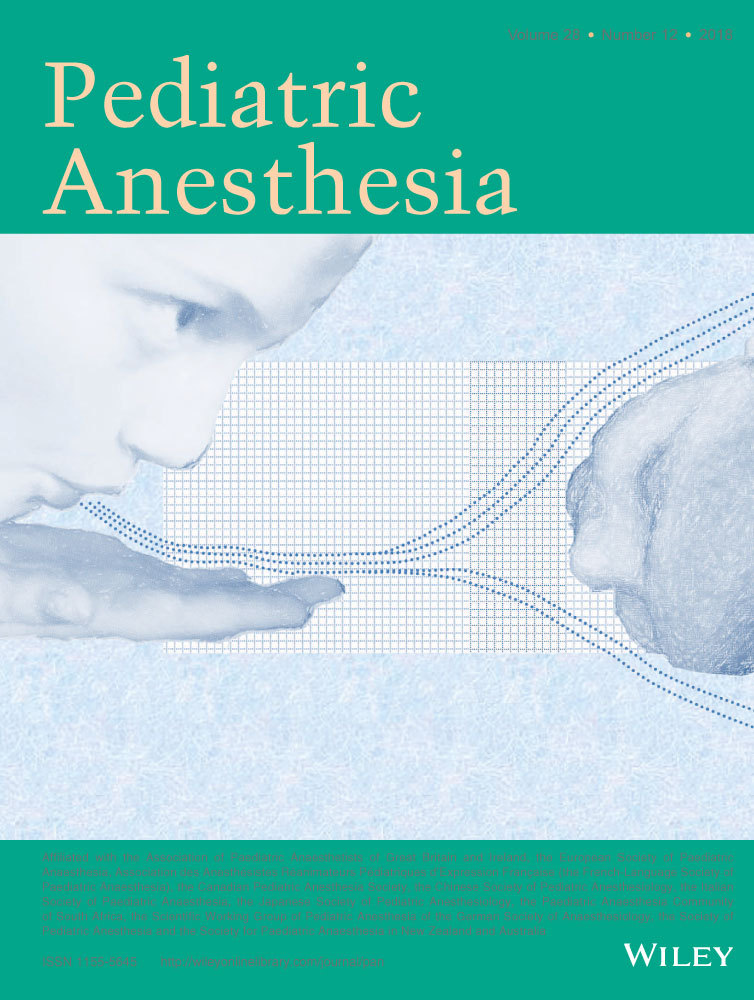Analgesic effectiveness, pharmacokinetics, and safety of a paracetamol/ibuprofen fixed-dose combination in children undergoing adenotonsillectomy: A randomized, single-blind, parallel group trial
Funding information
This work was funded by AFT Pharmaceuticals Ltd., Auckland, New Zealand.
Summary
Background
Pain following tonsillectomy is often poorly managed in the home setting. Multimodal analgesia with acetaminophen (paracetamol) and nonsteroidal anti-inflammatory drugs offers superior analgesia over monotherapy but may be difficult for caregivers to manage. A fixed-dose combination oral suspension product containing paracetamol and ibuprofen has been developed to facilitate pediatric dosing.
Aims
The aims of this study are to determine the analgesic effectiveness, pharmacokinetics, and safety of the fixed-dose combination at two doses in the pediatric population.
Methods
In this prospective, multicenter, randomized, single-blind, parallel group trial, 251 children aged 2-12 years undergoing day-stay (adeno)tonsillectomy were randomized to two dose groups of the fixed-dose combination. A doubled loading dose was given preoperatively, followed by treatment for up to 11 days (Higher dose: paracetamol 15 mg/kg + ibuprofen 4.5 mg/kg, Lower dose: paracetamol 12 mg/kg + ibuprofen 3.6 mg/kg). Blood samples were collected for pharmacokinetic analysis for up to 6 hours after the loading dose. The analgesic effectiveness was examined on the first day after surgery using both Parents Postoperative Pain Measurement and modified Wong-Baker Faces pain scales. Rescue medication consumption was recorded throughout the study.
Results
Differences in maximum plasma concentration (Cmax) and total exposure (AUC0→t) between the treatment groups for both analytes were consistent with a 25% increase in dose; there was no difference in time to peak concentration (Tmax). On the first postoperative day, there was no difference in pain scores or rescue medication use between treatment groups (approximately 30% in both groups). The combination was well tolerated by both groups. The most common adverse events were vomiting and nausea. The incidence of postoperative bleeding was 4.4%.
Conclusion
The shallow dose-response relationship and good tolerability of the fixed-dose combination over an extended study period supports the utility of both doses of the fixed-dose combination in the home setting.




